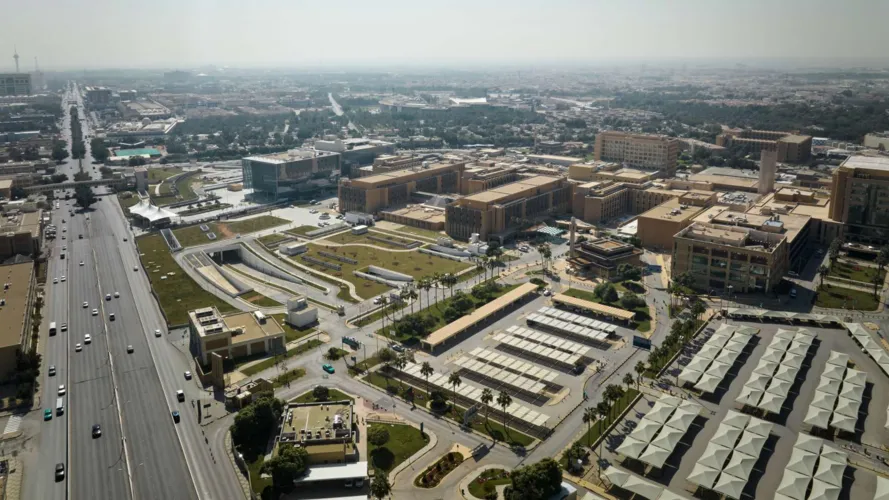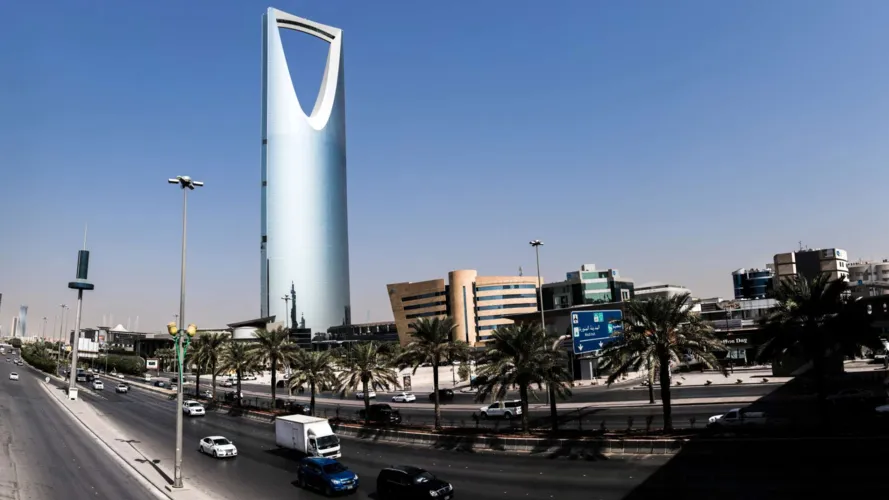Saudi Insurance Mergers: 13 Firms in Talks, 6 Deals Reshape the Sector
Saudi Arabia’s insurance sector is seeing accelerated consolidation, with 13 out of 22 listed insurers in merger talks as of June 2025. This marks a pivotal moment for the industry, as more than half the market explores strategic combinations to meet regulatory demands and strengthen operational resilience. Among the six active deals is the recently announced potential merger between United Cooperative Assurance (UCA) and Arabian Insurance Cooperative Company (AICC).
The two firms signed a non-binding MoU disclosed via Tadawul, to assess the feasibility of a merger. The evaluation remains subject to due diligence, shareholder approval, and regulatory clearance.
UCA–AICC Merger Joins 6 Active Saudi Insurance Mergers
The UCA–AICC deal joins a growing list of Saudi Insurance Mergers already in motion. These include finalized transactions such as Walaa–MetLife and Gulf Union–Al Ahlia, as well as ongoing negotiations like MedGulf–Buruj, Aljazira Takaful–Solidarity, and SABB Takaful–Walaa. Each merger reflects a strategic response to evolving regulatory requirements and the need for scale in a competitive market.
While the UCA–AICC merger is still in its preliminary phase, its announcement signals continued momentum in the sector. Both companies have committed to transparent communication with shareholders and regulators throughout the process, reinforcing the sector’s shift toward stronger governance and financial discipline.
Regulatory Capital Pressure Driving Consolidation
The surge in Saudi Insurance Mergers is largely driven by tighter capital adequacy standards imposed by the Saudi Central Bank (SAMA). Smaller insurers, many of which operate with limited reserves and fragmented portfolios, face mounting pressure to meet solvency thresholds. Mergers offer a pathway to compliance by pooling resources, expanding product lines, and reducing operational redundancies.
This regulatory backdrop has made consolidation not just a strategic choice, but a necessity for survival. As SAMA continues to enforce stricter oversight, insurers are proactively seeking partners to avoid potential penalties or license revocation.
Operational Synergies and Market Share Gains
Beyond legal and regulatory compliance, mergers are unlocking tangible operational benefits. Shared infrastructure, streamlined management, and broader customer bases are among the efficiencies realized by merging entities. For example, the Walaa–MetLife merger resulted in a more diversified product offering and enhanced distribution capabilities, positioning the combined entity for stronger market performance.
These synergies are particularly attractive in a market where customer acquisition costs remain high and digital transformation is still underway. By consolidating, insurers can accelerate innovation, improve underwriting accuracy, and offer more competitive pricing.
13 Insurers in Talks: A Market in Transition
With 13 listed insurers actively exploring mergers, the Saudi insurance market is clearly in transition. This level of activity suggests a structural realignment, moving from a fragmented landscape to one dominated by fewer, more resilient players. For stakeholders, this signals a narrowing window to engage with standalone firms before consolidation reshapes the competitive field.
Why Saudi Insurance Mergers Matter for Foreign Enterprises
For foreign investors and enterprises, the current wave of Saudi Insurance Mergers presents a timely opportunity to enter a transforming market. Consolidation is creating stronger entities with clearer governance, improved compliance, and operational scale—ideal conditions for strategic partnerships, acquisitions, or capital injections.
Engaging early allows foreign players to align with emerging leaders, participate in sector-wide efficiencies, and gain exposure to a market poised for long-term growth. Whether through joint ventures, minority stakes, or full acquisitions, the M&A momentum offers multiple entry points for those seeking to establish a footprint in Saudi Arabia’s evolving insurance landscape.







